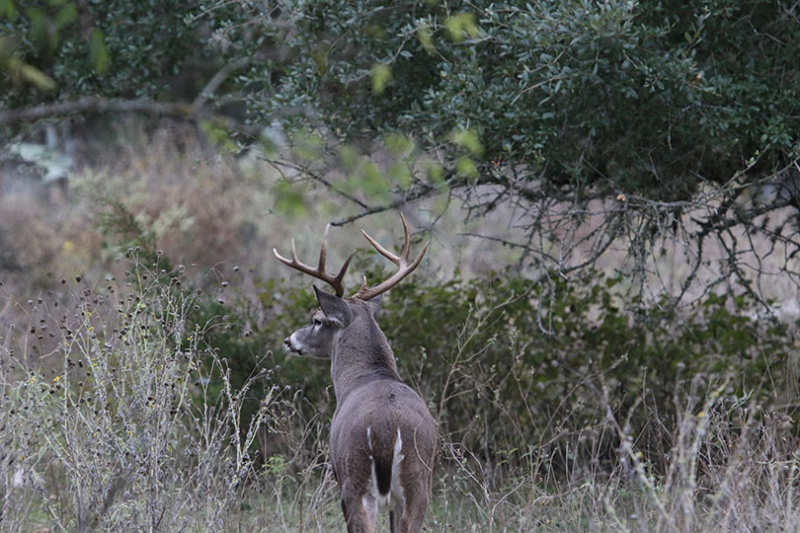By Emmy Powell
Communications Specialist
Landowners should consider taking the steps to establish a proper hunting lease before allowing hunters on their property.
Texas A&M AgriLife Extension Agricultural Law Specialist Tiffany Lashmet encourages landowners to have the lease in writing.
An official lease document should include all the guidelines for the hunters when using the land.
“I always encourage the landowners to put their lease in writing, it’s really a good way to make sure that everybody’s on the same page,” Lashmet said. “It’s important to identify who can be on the property and then how many folks could be hunting. Some leases are structured on a per gun payment, and so depending on how many hunters you have, that instructs the amount of money that you make.”
Liability wavers are another important component to the lease process, Lashmet noted.
Other logistics to consider include where hunters should enter and exit the property, where carcasses can be cleaned and how to dispose of carcasses.
Ranchers with livestock on the land are encouraged to include a liquidated damage clause.
“For anybody where there’s livestock on the property, I always recommend a liquidated damage clause,” Lashmet said. “That is an upfront agreement that if livestock are killed or injured by the hunters, they’re going to pay an agreed upon amount to compensate the animal owner for those livestock.”
Leases can vary depending on the landowner’s operation and preference. They can be a year-round lease or just for the season.
The lease can also specify what types of weapons may be used on the land and if camping is allowed.
Pricing the lease is also at the landowner’s discretion. There are typically three payment structures: per gun charge, per acre charge and a flat fee.
“You can set it up however you want, but it’s important to make sure everyone’s on the same page,” Lashmet said.
AgriLife has several resources that cover hunting leases, including the Online Ranchers Leasing Workshop, Ranchers’ Agricultural Leasing Handbook: Grazing, Hunting, and Livestock Leases handbook and in-person workshops.
For more information about agricultural laws, visit Lashmet’s blog at agrilife.org/texasaglaw.
Additional resources for farmers and ranchers are available from Texas Farm Bureau at texasfarmbureau.org/advocacy/small-farm-ranch.


Leave A Comment